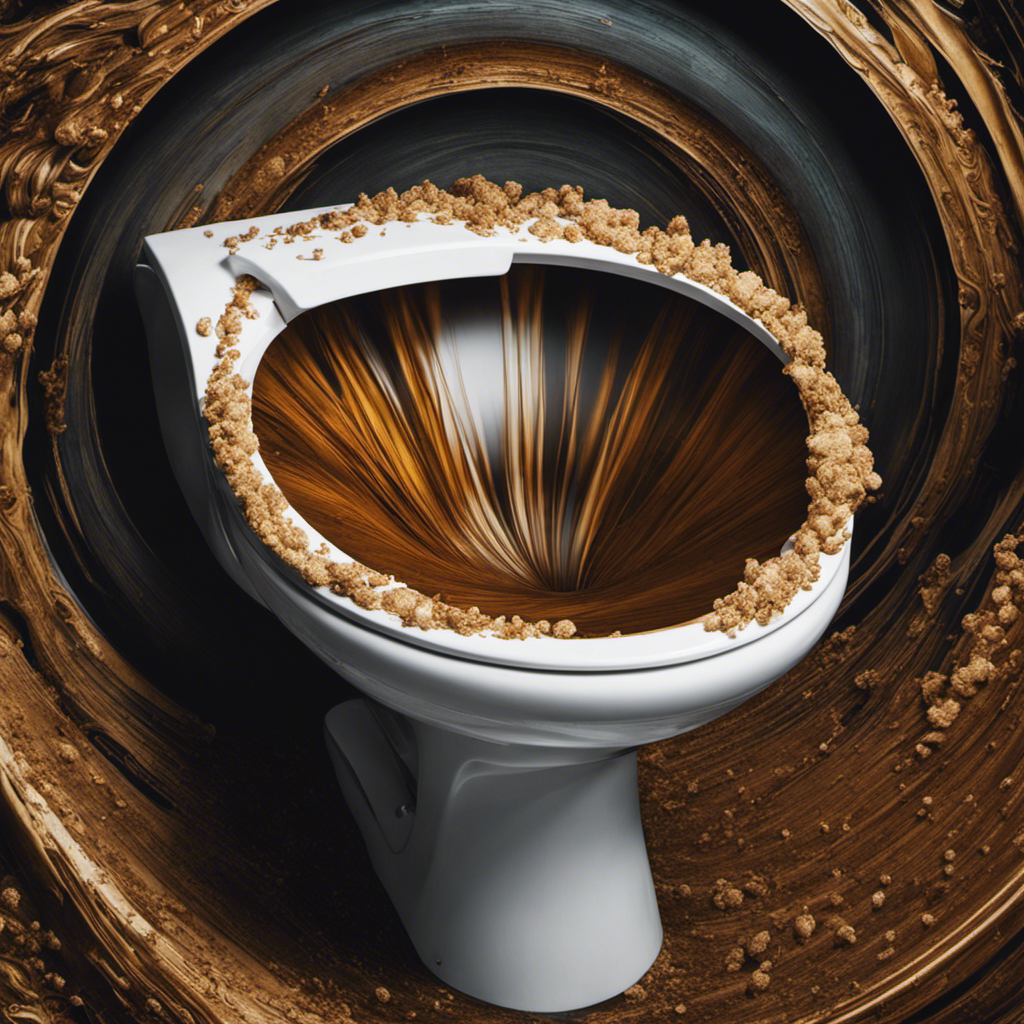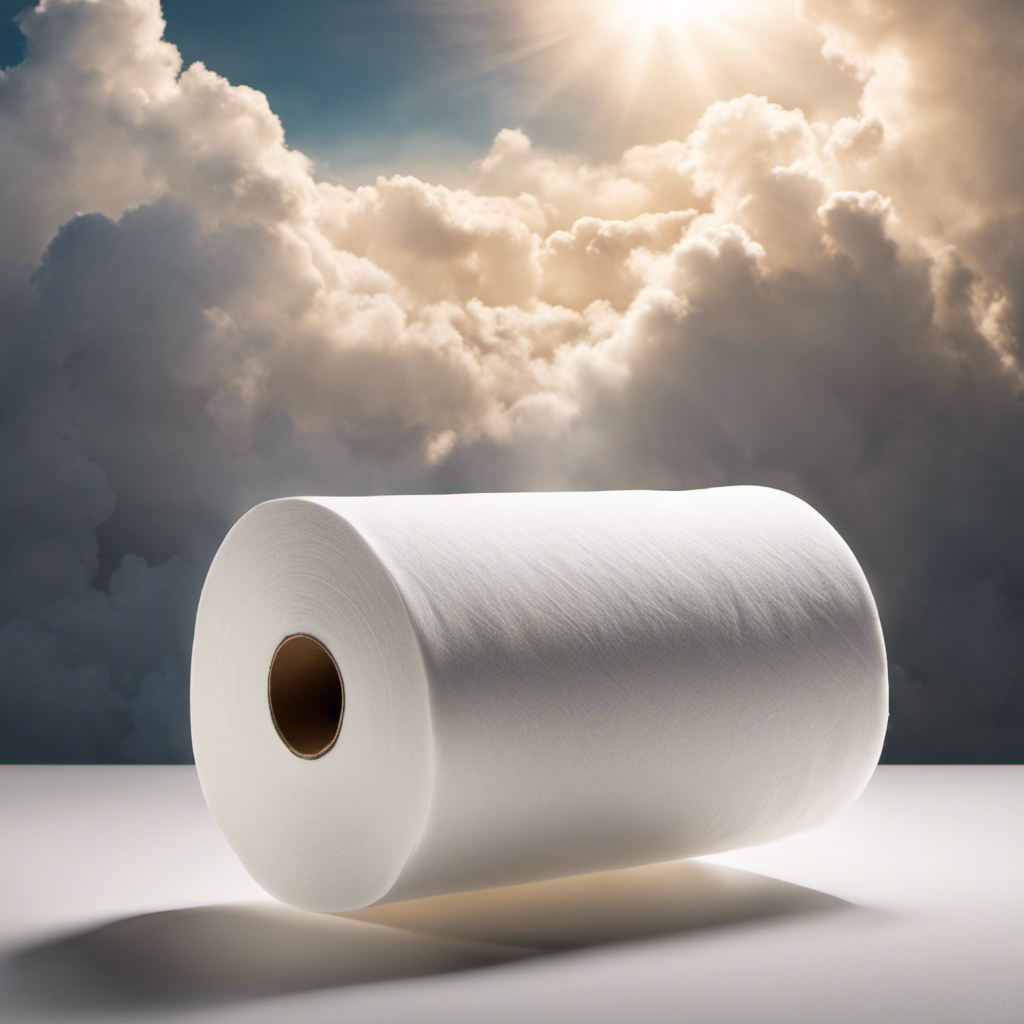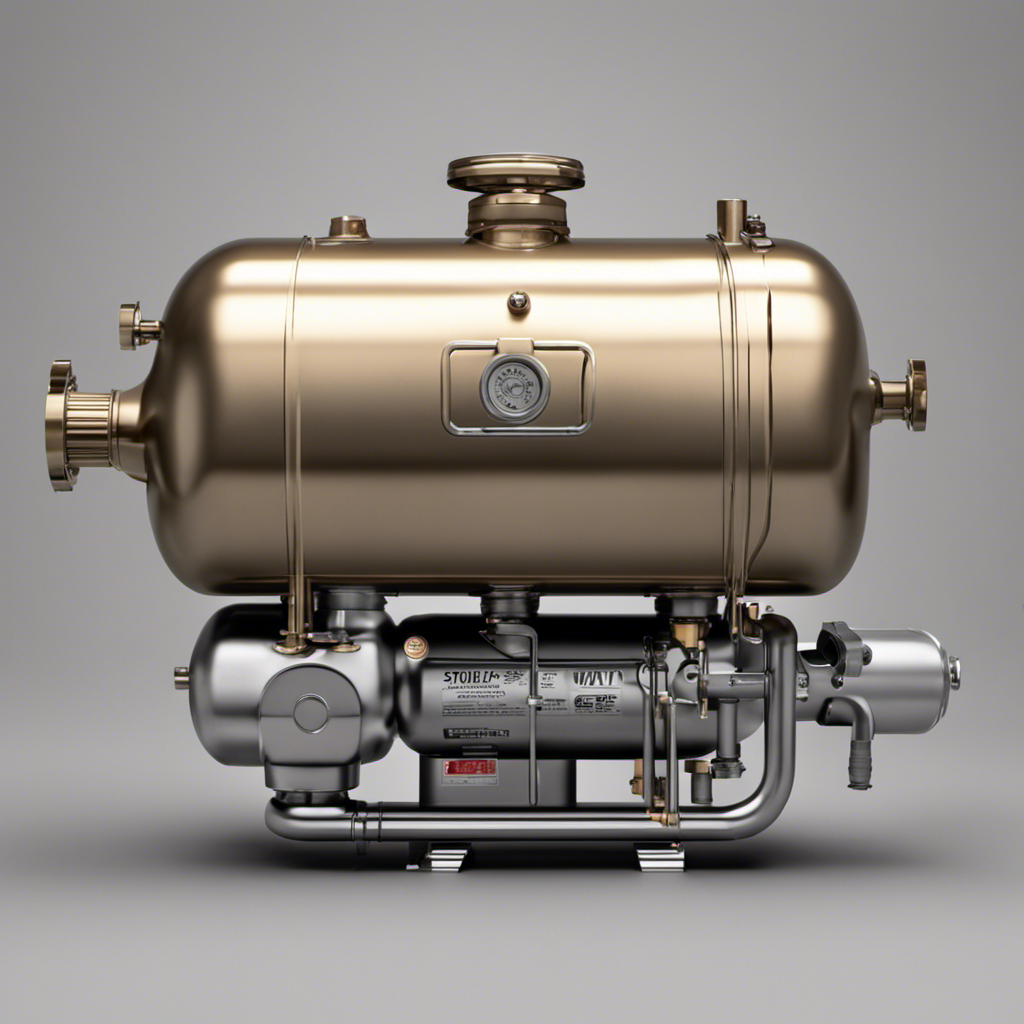Ever wondered about the mysterious inner workings of the toilet? Join us as we embark on a journey to unlock the secrets of the porcelain throne.
In this article, we will delve into the intricate mechanisms that make flushing possible. From the flapper valve to the tank components, we will explore the power of gravity and the importance of proper maintenance.
Prepare to gain a mastery of toilet knowledge like never before. Let’s dive in!
Key Takeaways
- The flapper valve plays a crucial role in controlling water flow during flushing and should be regularly inspected, cleaned, and replaced if necessary.
- The tank components, including the fill valve, flush valve, flapper valve, overflow tube, and float, all work together to ensure proper water flow and prevent continuous flow and overflowing.
- The power of gravity, combined with water pressure, creates a hydraulic system that efficiently evacuates waste and water through the pipes.
- Proper maintenance, including regular cleaning, inspection, and troubleshooting, is essential for preventing costly repairs, extending toilet longevity, and ensuring optimal functioning.
Understanding the Toilet Bowl
To understand the toilet bowl, we must examine its design and function.

The design of the toilet bowl plays a crucial role in ensuring efficient flushing and maintaining cleanliness. The bowl is typically made of porcelain, which is durable and easy to clean. Its shape is carefully engineered to promote effective water flow dynamics during flushing. The curved interior surface of the bowl helps to create a swirling motion, which aids in removing waste and preventing clogs.
Additionally, the rim of the bowl is designed with strategically placed small holes to allow water to flow evenly and thoroughly rinse the bowl.
Understanding the intricacies of toilet bowl design and water flow dynamics is essential for ensuring optimal performance and hygiene.
The Role of the Flapper Valve
The flapper valve plays a crucial role in our toilet’s flushing system. It’s responsible for controlling the flow of water from the tank into the bowl during the flushing process. Understanding the maintenance and replacement of the flapper valve is essential for ensuring the proper functioning of our toilets.
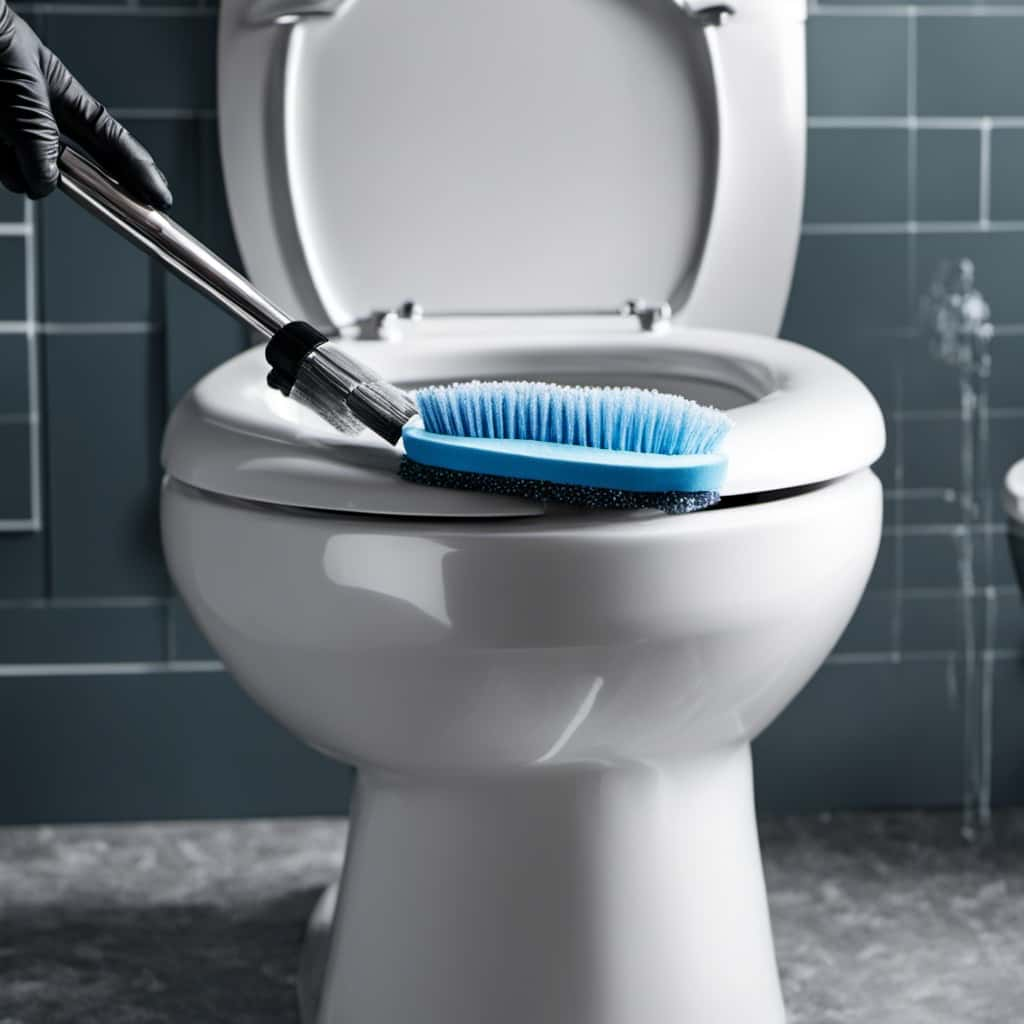
Here are three important points to consider regarding flapper valve maintenance and replacement:
- Regular Inspection: It’s important to inspect the flapper valve periodically for any signs of wear and tear. Look for cracks or deterioration that may affect its performance.
- Cleaning: Flapper valves can accumulate mineral deposits and debris over time, which can hinder their proper functioning. Regular cleaning can help remove any obstructions and ensure smooth operation.
- Replacement: If the flapper valve is damaged beyond repair or isn’t functioning correctly, it’s crucial to replace it promptly. A faulty flapper valve can lead to water wastage and inefficient flushing.
Exploring the Tank Components
Inside the toilet tank, we find a variety of components that work together to ensure a successful flush. Understanding the anatomy of the toilet tank is essential for troubleshooting common issues.
The main components include the fill valve, flush valve, flapper valve, overflow tube, and float. The fill valve controls the water level in the tank and refills it after each flush.
The flush valve opens to release the water into the bowl, while the flapper valve seals the tank to prevent water from continuously flowing into the bowl. The overflow tube prevents the tank from overflowing, and the float regulates the water level.
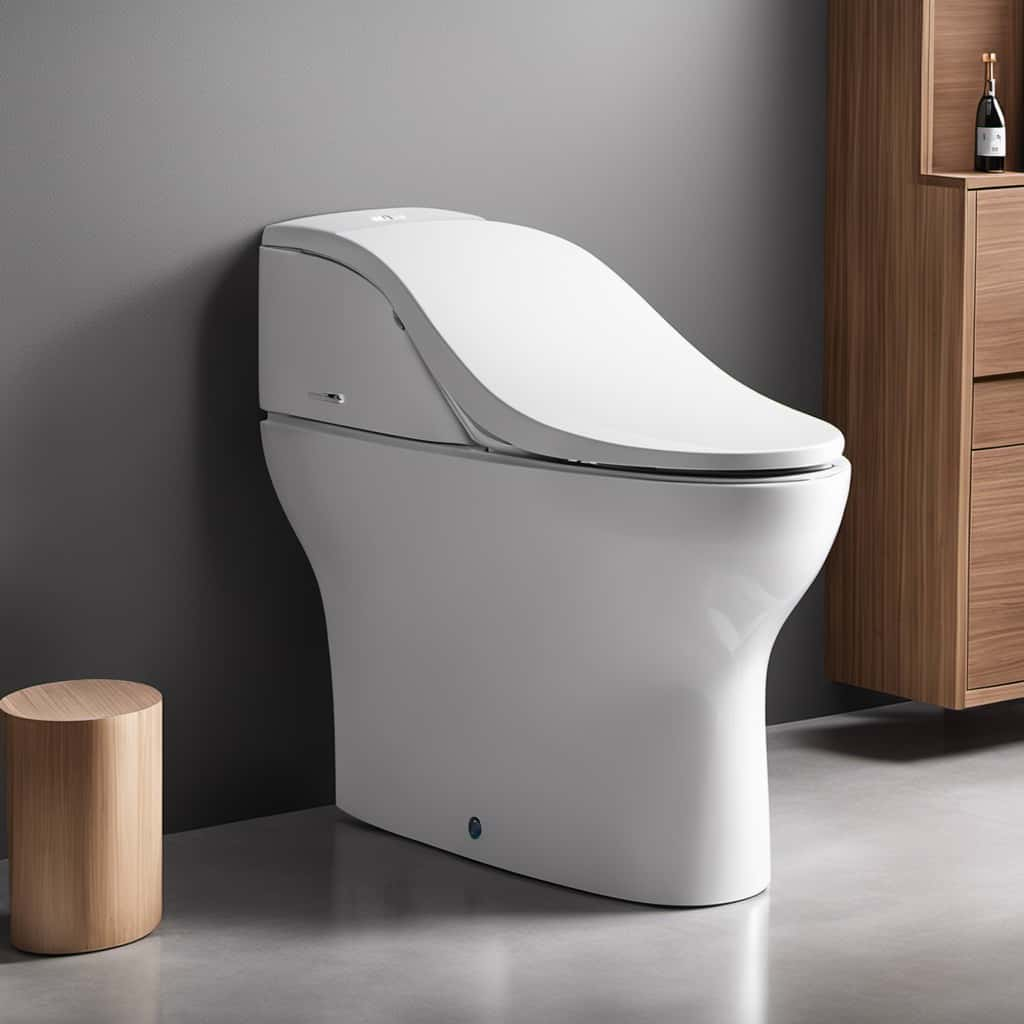
By familiarizing ourselves with these components, we can effectively diagnose and fix any problems that may arise with our toilets.
Now, let’s explore the power of gravity in creating a successful flush.
The Power of Gravity
When we flush the toilet, it’s gravity that plays a crucial role in the successful evacuation of waste and water from the bowl. Here’s how it works:
- Water pressure: When the flush lever is pressed, the valve at the bottom of the tank opens, allowing water to flow into the bowl. This sudden rush of water creates a high-pressure zone that pushes waste and water out of the bowl.
- Hydraulic systems: The force of gravity combined with the water pressure creates a hydraulic system. This system uses the principle of fluid mechanics to move waste and water through the pipes and out of the house.
- Efficient evacuation: The power of gravity ensures that waste and water flow smoothly and quickly through the toilet’s plumbing system. This efficient evacuation is essential for maintaining proper sanitation and hygiene in our homes.
Understanding the power of gravity in the flushing process helps us appreciate the simplicity and effectiveness of this everyday task.

The Importance of Proper Maintenance
To ensure the optimal functioning of our toilets, it’s imperative for us to regularly perform maintenance tasks with the use of proper cleaning agents and techniques. A well-designed maintenance schedule is key to preventing costly repairs and ensuring the longevity of our toilets.
Regular cleaning and sanitizing using mild detergents and disinfectants is crucial to prevent the buildup of bacteria and mineral deposits.
Additionally, it’s important to inspect the toilet components, such as the fill valve, flapper, and flush handle, for any signs of wear or damage. Troubleshooting common issues, such as leaks or clogs, should be done promptly to avoid further damage.
Frequently Asked Questions
How Does the Flushing Mechanism of a Toilet Work?
Toilet flushing mechanism works by activating a flapper valve, which releases water from the tank into the bowl, creating a siphoning effect that carries waste away. Different types of flapper valves, like the chain or float ball, control the water flow.

Are There Different Types of Flapper Valves Available?
There are different types of flapper valves available, each with their own pros and cons. For example, some flapper valves are made of rubber, which provide a tight seal but may wear out faster. It is important to consider the materials and designs when choosing a flapper valve for your toilet.
What Are Some Common Tank Components in a Toilet?
Toilet tank components are essential for proper flushing. They include the fill valve, flush valve, flapper valve, and overflow tube. Understanding these components is crucial for toilet tank repairs and ensuring optimal performance.
Can Gravity Alone Flush the Toilet Effectively?
Yes, gravity alone can effectively flush a toilet. It plays a vital role in creating the necessary water pressure to push waste down the drain. However, other factors such as water volume and pipe design also contribute to a successful flush.
How Often Should One Perform Maintenance on Their Toilet?
Toilet maintenance frequency depends on factors such as usage and water quality. Signs of toilet damage include leaks, clogs, and running water. Regular inspections and cleaning can help prevent costly repairs.

Conclusion
In conclusion, understanding the mechanics of flushing a toilet is crucial for proper maintenance. The flapper valve, tank components, and the force of gravity all work together to ensure efficient flushing.
Regular maintenance and attention to detail are essential in keeping the toilet functioning properly. Remember, a stitch in time saves nine. Neglecting maintenance can lead to costly repairs and inconvenience.
So, let’s stay proactive and take care of our toilets to avoid any unpleasant surprises down the line.



